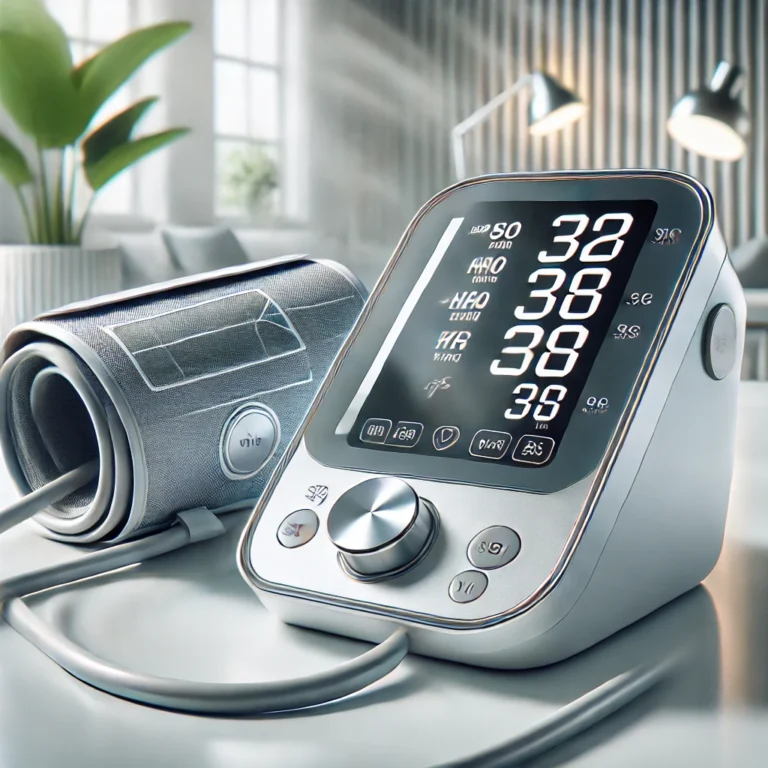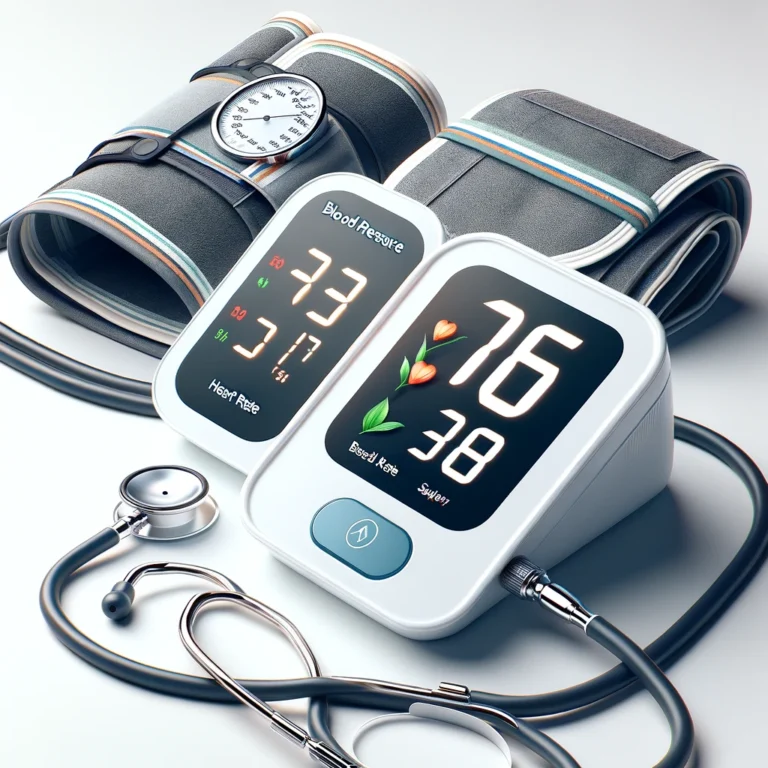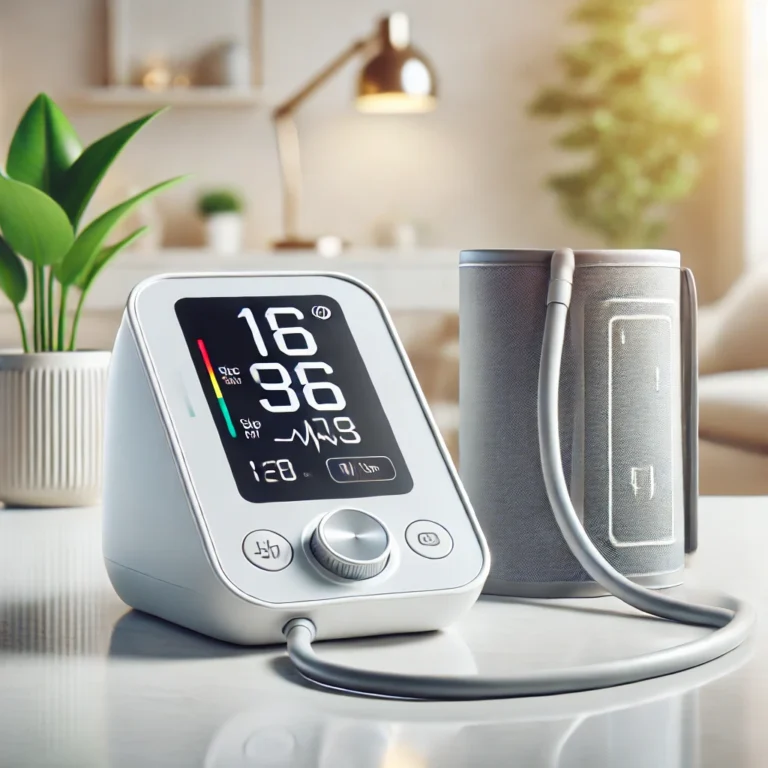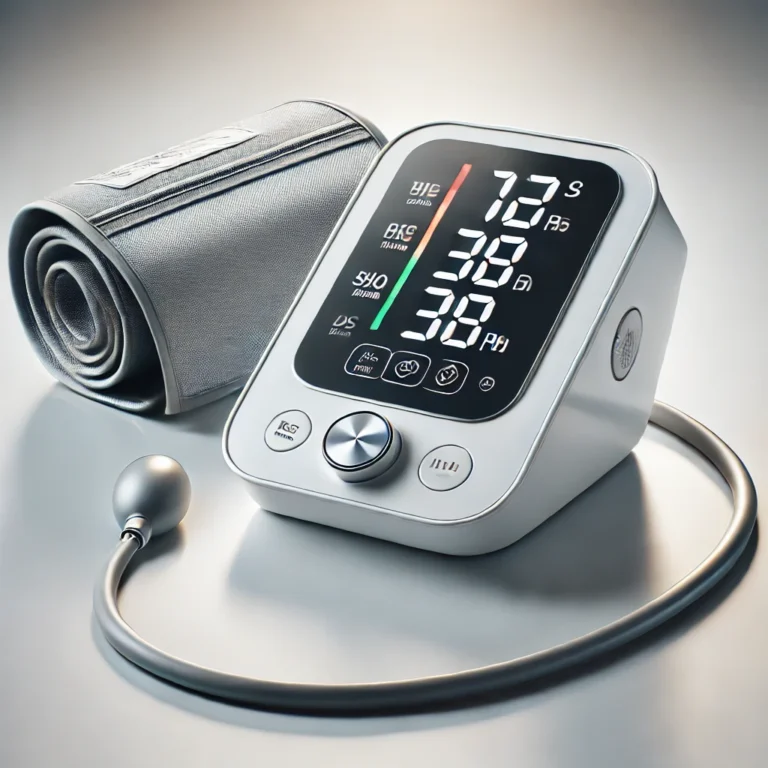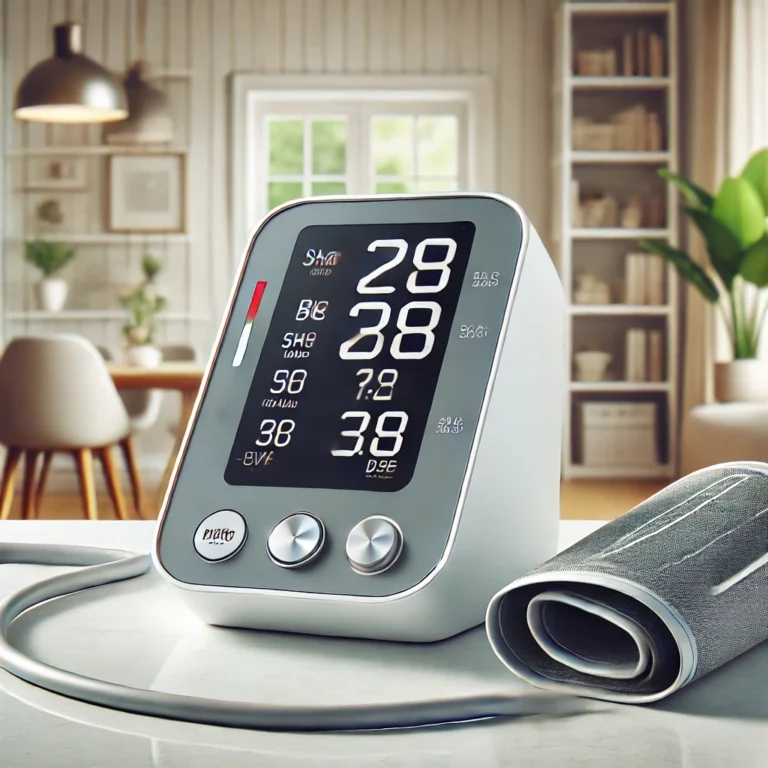How to Make Sure You Buy an Accurate Blood Pressure Monitor – What to Look For
Purchasing a blood pressure monitor is an excellent investment in your health, especially if you’re managing conditions like hypertension or heart disease. However, not all monitors are created equal, and accuracy is the most critical factor to consider. An inaccurate monitor can lead to misleading readings, causing unnecessary stress or missed warning signs.
In this guide, we’ll explore what to look for when buying a blood pressure monitor to ensure it provides accurate and reliable results. From validation standards to key features, we’ll cover everything you need to make an informed choice.
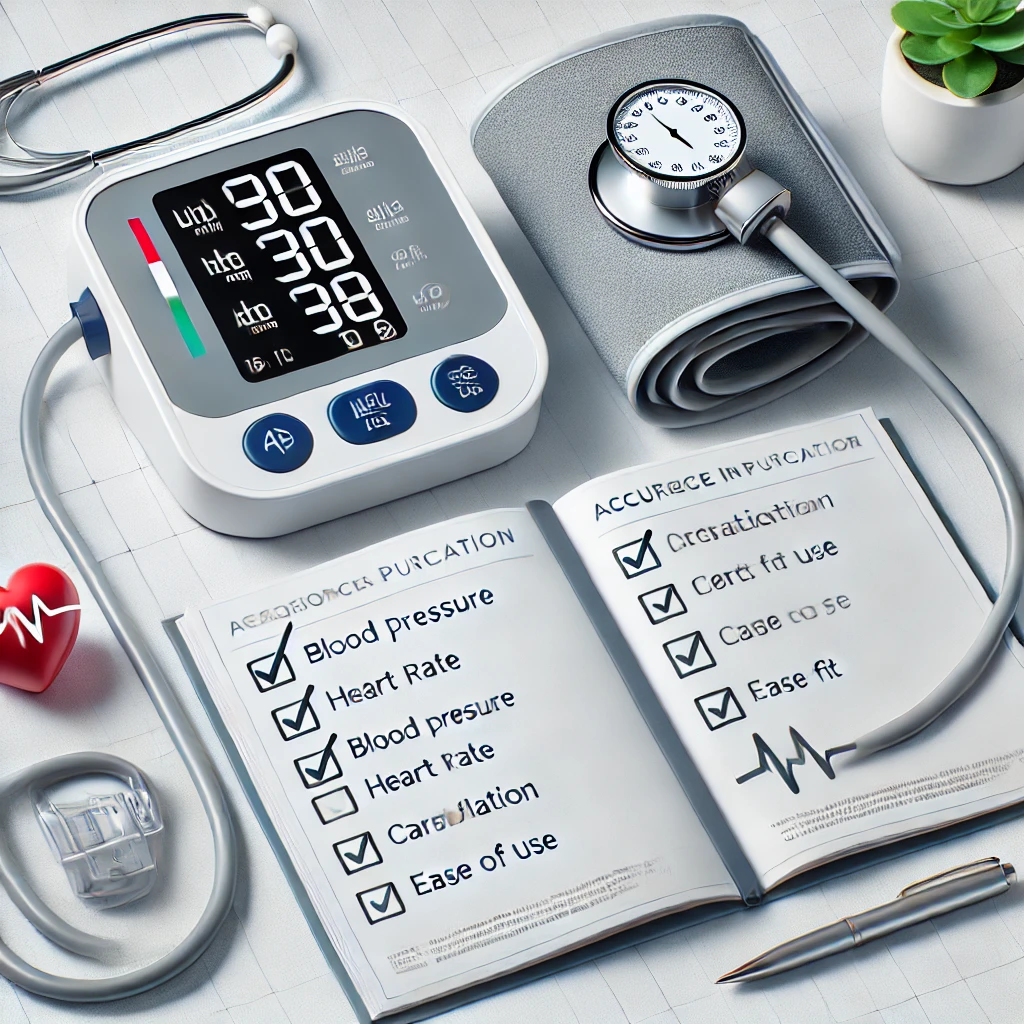
Why Accuracy Matters in a Blood Pressure Monitor
Accurate blood pressure readings are essential for:
Monitoring Health Trends: Reliable data helps you and your healthcare provider track your condition and adjust treatments.
Preventing Misdiagnosis: An inaccurate monitor could lead to unnecessary concern or overlooking serious issues.
Empowering Healthy Decisions: Consistent, precise readings guide lifestyle adjustments to better manage blood pressure.
With stakes this high, selecting a monitor that guarantees dependable performance is paramount.
Features to Look for in an Accurate Blood Pressure Monitor
When shopping for a blood pressure monitor, keep the following features and considerations in mind to ensure accuracy and ease of use.
1. Validation by Trusted Authorities
Look for monitors validated by reputable organizations such as:
American Heart Association (AHA)
British Hypertension Society (BHS)
European Society of Hypertension (ESH)
Validation means the device has undergone rigorous testing to meet accuracy standards.
Tip: Check the product’s packaging or website for certification details.
2. Cuff Fit and Type
The cuff is a critical component of blood pressure monitors, and its fit significantly affects accuracy.
Upper Arm Monitors vs. Wrist Monitors
Upper Arm Monitors: Widely regarded as the most accurate because they measure blood pressure at the brachial artery.
Wrist Monitors: Convenient but more prone to inaccuracies, especially if the wrist isn’t positioned correctly at heart level.
Cuff Size
Ensure the cuff size matches your arm circumference. A poorly fitting cuff—either too tight or too loose—can lead to incorrect readings.
Pro Tip: Many devices come with adjustable cuffs or offer different sizes. Measure your arm before purchasing.
3. Ease of Use
An accurate reading depends on proper usage. Monitors with intuitive designs reduce the risk of errors.
Look for:
Clear Display: Large, backlit screens make it easy to read results.
One-Touch Operation: Simplifies the process, ensuring consistency.
Guided Setup: Some monitors provide step-by-step instructions or error alerts to help with positioning and cuff placement.
Example: Monitors with position sensors for wrist models or cuff placement guides for upper arm models help improve accuracy.
4. Automatic vs. Manual Inflation
Automatic Monitors: Inflate the cuff with the press of a button, minimizing user error and improving accuracy.
Manual Monitors: Require a stethoscope and manual inflation, offering precision but demanding greater skill and practice.
For most users, automatic monitors are the better choice, balancing accuracy with convenience.
5. Memory and Data Tracking
While memory features don’t directly affect accuracy, they enhance reliability by allowing you to compare multiple readings over time.
Features to Look For:
Storage Capacity: Choose monitors that store at least 30-60 readings.
Multiple User Profiles: Useful for households where more than one person is monitoring blood pressure.
Average Reading Calculations: Some monitors provide an average of the last three readings for a more accurate snapshot.
6. Connectivity and App Integration
Modern blood pressure monitors often sync with smartphone apps via Bluetooth or Wi-Fi. While these features aren’t essential for accuracy, they ensure consistent data tracking and sharing with healthcare providers.
Key Benefits:
Easily log and analyze trends.
Set reminders for regular monitoring.
Share readings with your doctor instantly.
Tip: Opt for an app-supported monitor only if you’re comfortable using smartphones or tablets. Otherwise, focus on devices with reliable onboard memory.
7. Irregular Heartbeat Detection
Many high-quality monitors detect irregular heartbeats, which can affect blood pressure readings. This feature not only ensures accuracy but also alerts you to potential arrhythmias.
Pro Tip: If you have a history of heart conditions, prioritize monitors with this functionality.
Common Mistakes That Affect Accuracy
Even the best monitors can provide inaccurate readings if not used correctly. Avoid these common pitfalls:
Incorrect Cuff Placement: Always follow the manufacturer’s instructions for cuff positioning.
Taking Readings at the Wrong Time: Measure blood pressure when you’re relaxed—ideally, after sitting quietly for 5 minutes.
Measuring Over Clothing: Place the cuff directly on bare skin for accurate results.
Improper Posture: Sit upright with your back supported, feet flat on the ground, and arm at heart level.
Frequent Measurements: Avoid taking multiple readings in quick succession; allow at least one minute between measurements.
Recommended Accurate Blood Pressure Monitors
Here are some top-rated blood pressure monitors known for their precision:
1. Omron Platinum Blood Pressure Monitor
Why It’s Great: Clinically validated, with advanced averaging and irregular heartbeat detection.
Standout Features: Large memory storage, app compatibility, and dual-user profiles.
2. Withings BPM Connect
Why It’s Great: Compact design, excellent app integration, and hospital-grade accuracy.
Standout Features: Wi-Fi syncing and easy data sharing.
3. Greater Goods Blood Pressure Monitor
Why It’s Great: Affordable and simple to use, with reliable readings validated by professionals.
Standout Features: Large display, adjustable cuff, and generous memory capacity.
4. Beurer BM55
Why It’s Great: Trusted by healthcare providers for its accuracy and user-friendly design.
Standout Features: Illuminated display, error alerts, and adjustable cuff.
Pro Tip: Check reviews and ensure your chosen monitor is validated for clinical accuracy before purchasing.
Conclusion
An accurate blood pressure monitor is an essential tool for maintaining your health, but choosing the right one requires careful consideration. Prioritize devices validated by reputable organizations, ensure the cuff fits properly, and opt for features that make the monitor easy to use. Avoid common mistakes that could compromise accuracy, and invest in a device that meets your specific needs.
By following these guidelines, you can confidently choose a monitor that provides precise, consistent readings—empowering you to stay proactive about your health. Remember, the right blood pressure monitor is more than just a device; it’s a partner in your journey toward better well-being.
